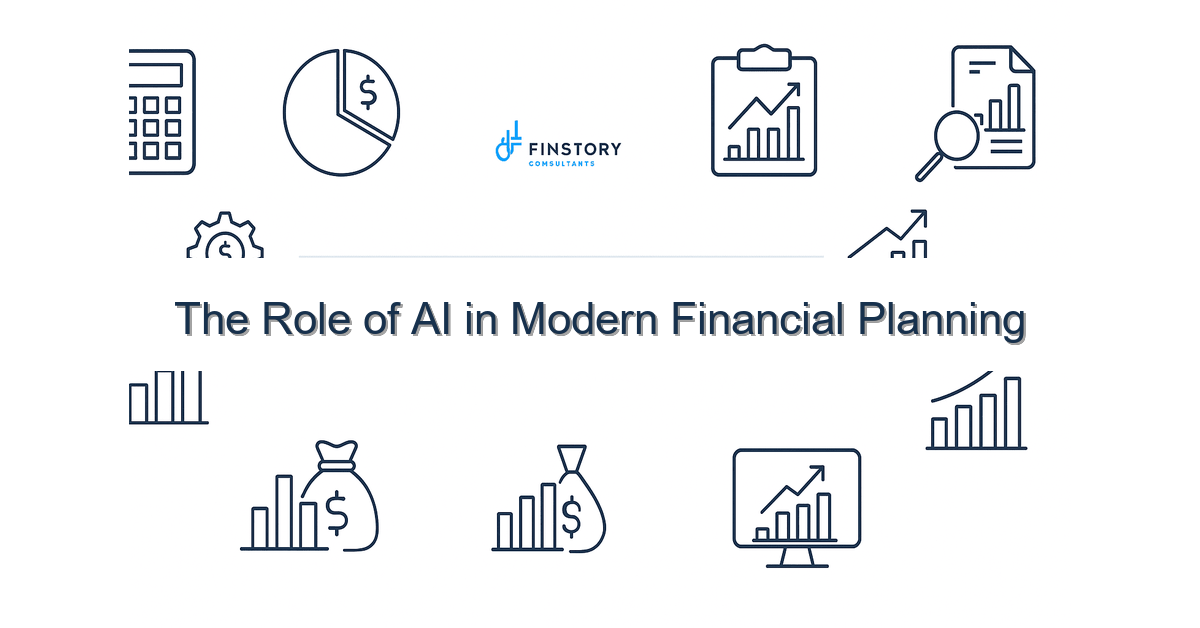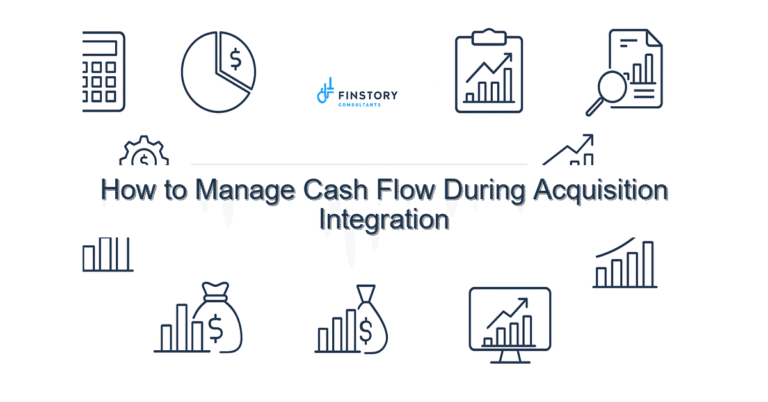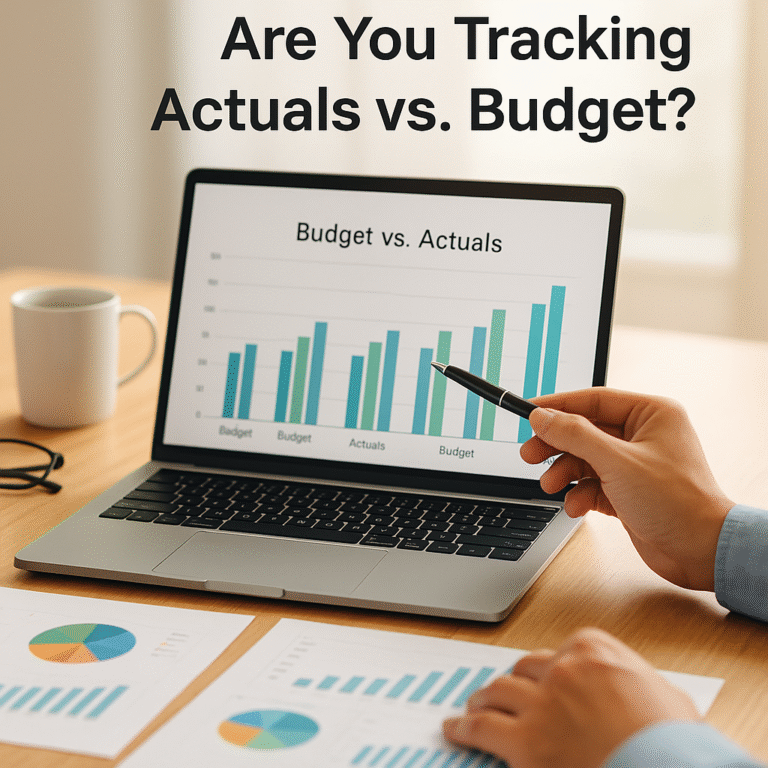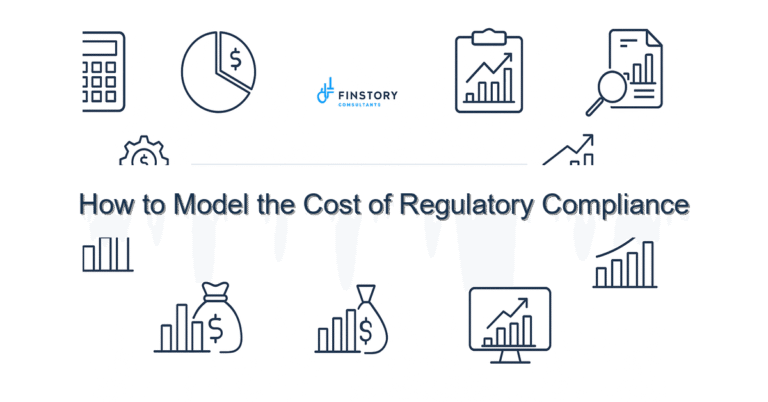The Role of AI in Modern Financial Planning
You’re accountable for budgets, patient care margins, and a mountain of monthly close tasks — and you’re expected to do more with less. The idea of adding “AI” to that workload feels either like a lifeline or another checkbox. I get it.
Summary: Implementing AI in financial planning lets healthcare CFOs and operations leaders cut forecasting cycle time, reduce variance, and free analysts for strategic work. With a pragmatic, phased approach you can realize measurable ROI within 3–6 months while avoiding common pitfalls.
What’s the real problem? (AI in financial planning perspective)
Healthcare finance teams face volatile volumes, shifting payer mixes, and rising labor costs. Traditional spreadsheets and monthly cycles can’t keep up. That’s where AI in financial planning becomes more than a buzzword — it becomes a way to convert noisy data into timely, decision-grade insight.
- Late, manual month-end closes and forecasts that arrive after decisions are made.
- Large variances between budget and actuals with no clear, attributable drivers.
- Limited capacity to run what-if scenarios for volume shocks or labor constraints.
- Stakeholders want faster, clearer answers but the team is stuck in data prep.
What leaders get wrong (about AI in financial planning)
Many leaders assume AI is either a silver bullet or too risky to try. Both extremes lead to stalled projects.
Common pitfalls:
- Treating AI as a tech project instead of a process redesign — they automate a broken workflow.
- Overloading pilots with too many use cases — nothing ships because scope is amorphous.
- Expecting perfect predictions at go-live instead of iterating with real usage data.
- Skipping change management — analysts fear replacement and executives get defensive about transparency.
A better approach (practical framework for AI-driven financial forecasting for hospitals)
Use a five-step, pragmatic framework that centers people and outcomes.
- Define the decision: Which decision will improve if forecast accuracy or speed improves? (e.g., staffing, purchasing, cash planning)
- Pick a narrow pilot: Start with one department or revenue stream — outpatient surgery, ED, or lab volumes.
- Prepare data & rules: Map data feeds (EHR scheduling, billing, payroll) and capture business rules from analysts.
- Ship a minimum viable model: Combine statistical forecasting with simple machine learning (seasonality + drivers like referrals, clinic cancellations).
- Measure, iterate, scale: Track accuracy, user adoption, and decision impact. Expand to other cost centers when you prove value.
Real-world story: At a 300-bed hospital, a four-week pilot on surgical volumes used historical scheduling, referral trends, and local case-mix to reduce weekly forecast error from 18% to 7%. The controller reported a 40% reduction in time spent reconciling forecasts and redeployed two analysts to scenario modeling for capacity planning.
Quick implementation checklist
- Identify one high-impact use case (e.g., elective surgery volume forecasting).
- Assemble a two-week data inventory: sources, owners, refresh cadence.
- Run a 4–6 week pilot with automated data pulls into a sandbox (no production changes).
- Choose a simple model: exponential smoothing + a small set of drivers first.
- Validate outputs with finance analysts for two forecast cycles.
- Create a short playbook describing assumptions and when to override the model.
- Set up a dashboard in Power BI for visualization and approvals.
- Schedule weekly review meetings to capture learnings and refine the model.
- Document expected ROI and decision improvements for executive review.
- Plan a 90-day scale roadmap if pilot hits acceptance thresholds.
What success looks like
Define success with measurable outcomes tied to decisions.
- Forecast accuracy improvement: reduce mean absolute percentage error (MAPE) from ~18% to <8% within 3 months.
- Cycle time reduction: shorten forecasting cycle from 10 days to 3 days.
- Operational impact: reduce last-minute staffing adjustments by 30%.
- Analyst productivity: reallocate 25–40% of analyst hours from data prep to scenario modeling.
- Financial outcome: achieve a payback on implementation costs within 6–12 months (through labor savings, reduced agency spend, and improved utilization).
Risks & how to manage them
Be realistic about where AI can fail and build controls.
- Risk: Garbage-in, garbage-out — incomplete or inconsistent data. Mitigation: run a data quality sprint and govern inputs with source owners.
- Risk: Over-reliance on model outputs. Mitigation: require human review with explicit override rules and confidence bands.
- Risk: Change resistance from finance teams. Mitigation: involve analysts early, show time-savings, and provide training on new dashboards.
Tools & data
You don’t need to rip-and-replace your stack. Focus on connectors and visualization.
- Finance automation & integration: Use ETL tools or APIs to pull GL, payroll, and billing into a data lake.
- Modeling & ML: Start with Python or built-in forecasting in cloud services, then operationalize models into the BI layer.
- Reporting & visualization: Power BI for leadership reporting and interactive dashboards that surface model confidence and drivers.
- Security & governance: Keep PHI separate, enforce role-based access, and log model decisions for auditability.
FAQs
Q: How quickly will I see results from AI in financial planning?
A: With a focused pilot, expect measurable improvements in 8–12 weeks for the chosen use case. Broader rollouts take 6–12 months.
Q: Will AI replace my financial analysts?
A: No. The most successful programs automate repetitive prep work and amplify analysts’ capacity for higher-value tasks like scenario planning and strategic advising.
Q: What data do we need to start?
A: Start with three to six data sources: GL/billing, scheduling/EHR volumes, payroll, and key operational KPIs. More is helpful but not required for the pilot.
Q: Is AI safe for financial decisions in healthcare?
A: Yes, when models are transparent, validated, and paired with human oversight. Maintain versioning, confidence intervals, and an override playbook.
Next steps (contact Finstory about AI in financial planning)
If you want to test AI-driven financial forecasting for hospitals or outpatient networks, start with a focused pilot that targets a clear decision. We can help scope the use case, stand up the data feeds, and deliver dashboards that your leadership will trust.
Interested in examples and templates? See our posts on rolling forecast best practices and data visualization with Power BI, or learn about our financial planning services for healthcare.
Work with Finstory. If you want this done right—tailored to your operations—we’ll map the process, stand up the dashboards, and train your team. Let’s talk about your goals.
📞 Ready to take the next step?
Book a 20-min call with our experts and see how we can help your team move faster.
Prefer email or phone? Write to info@finstory.net
or call +91 44-45811170.






